How to Pack House for Move
How to Pack House for Move
- 📦 Start Early and Pack Room by Room
Begin packing well in advance and tackle one room at a time to stay organized and reduce stress as moving day approaches. - 🧳 Use Proper Packing Materials
Use sturdy boxes, bubble wrap, and packing paper to protect fragile items, and label each box clearly to make unpacking easier. - 🛋️ Disassemble Large Furniture
Take apart furniture like bed frames, tables, and bookshelves to save space and prevent damage during the move. Keep screws and hardware in labeled bags for easy reassembly.
Though the process of packing up your entire house might be intimidating, moving to a new property can be an exciting time. To guarantee that your possessions arrive at your new house undamaged, proper packing is essential. The main steps in packing a home for a move will be covered in this blog post, including planning, packing room by room, specific concerns, loading and transporting, and more.
1. Preparation
An essential part of the packing process is preparation. Make a plan and a schedule, before you begin packing. This will ensure, that you have enough time to pack everything before your move and will help you stay organised and on schedule.
- Making a list of every room in your home and ranking which ones to pack first is one way to create a plan. You’ll get a chance to get used to packing and gain a sense of how much space your possessions take up, by starting with the least-used rooms, such as guest rooms or storage rooms. Once you have a plan, it’s crucial to make and stick to a reasonable schedule.
- Gathering all the required items is a crucial part of preparing. This includes any boxes, tape, bubble wrap, packing peanuts, or other supplies you might require to secure your possessions while in route. A few extra boxes and rolls of tape should also be kept on hand just in case.
- It’s also crucial to declutter your home and get rid of any unnecessary items before you start packing. Not only will this simplify the packing procedure it will also help you save time and money. Going through each room and deciding what to save, donate, and throw out is a smart idea. It is advisable to get rid of anything that is broken or no longer needed.
2. Packing Room by Room
A wonderful strategy to keep organised and make the process less intimidating is to pack one room at a time. It’s preferable to start packing in your home’s least-used rooms, such as guest rooms or storage rooms. This will give you a chance to practise packing and get a sense of how much room your possessions occupy. You can concentrate on packing items you might not use frequently and free up some space in your home by starting with these rooms.
It’s crucial to pack related goods together as you move on to other rooms. Pack your clothing in one box, while all of your books need to go in a different box, for instance, and so on. This will free up room in the moving truck and make it simpler to locate specific items when you are unpacking.
Additionally, it’s crucial to clearly mark each box with its contents and the space to which it belongs. It will be way easier to unpack and settle into your new house as a result. The contents and room location can be written with a permanent marker or a label maker. It’s also a good idea to add a number or code to the box, so you can keep track of how many boxes you’ve packed and how many you have left to pack.
It’s also crucial to keep the weight of each box in mind while you pack. To make them easier to lift and move, try to keep your boxes under 50 pounds. Additionally, it’s crucial to keep in mind that while lighter items like clothes and linens can be packed in larger boxes, heavy objects like books and dishes should be put in smaller boxes.
Read also: Tips for Moving House with a Toddler
3. Special Considerations
When packing, there are certain items that require special attention to ensure they are protected during transport. Such items could be bulky or fragile like plants, or big appliances.
Vases, glassware, and other delicate things should be securely packed in a box and wrapped in bubble wrap or packing paper. To prevent the products from shifting during transportation, it’s crucial to pick a solid box and fill any empty spaces with packing peanuts or crumpled newspaper. For further security, you can carefully wrap each item in packing paper or foam.
Bulky items such as furniture should be disassembled if possible, and wrapped in furniture pads. This will not only protect the furniture during transport but also make it easier to move through doorways and tight spaces. Be sure to label all parts and hardware, and keep it in a labeled bag or container so that it can be reassembled easily once you reach your new home.
Read also: How to Store Furniture
Plants should be transported in a separate vehicle, if possible. This will ensure that the plants receive proper care during transport and will prevent damage to other some of your other items. Make sure to wrap the plants in plastic or burlap, and keep them in a well-ventilated area.
Large appliances like refrigerators, washers, and dryers should be disconnected and transported safely. Make sure you remove all water and food from the appliances, and tape the doors to keep them from opening while on the road.
In order to make sure that these items are adequately covered during transportation, verify with your moving company or insurance provider and bear in mind that some items might need additional insurance coverage.
4. Loading and Transporting
The last phase of moving involves loading and moving your possessions, so its crucial to have a strategy in place to make sure everything goes as planned.
Planning is essential when it comes to loading and transporting. Make sure you know exactly how you will load and unload your possessions. This will allow you to utilise the moving truck’s space to the fullest and avoid property damage.
It’s important to load the heaviest items, such as appliances and furniture, first and place them at the bottom of the truck. This will ensure stability and prevent damage to other items. Then, you can stack lighter boxes on top, making sure to secure them with straps or rope to prevent shifting during transport.
Loading a moving truck can be challenging, so be sure to use proper lifting techniques and ask for help if needed. Move heavy items with the help of a partner, and lift with your legs, not your back. Make sure to take breaks as needed, and stay hydrated and well-rested.
Additionally, be careful to securely fasten everything to avoid damage while being transported. This entails covering furniture, wrapping fragile things in bubble wrap and packing peanuts, and fastening everything with straps or rope to avoid moving while being transported.
The procedure for emptying is the exact opposite of loading. Work your way down to the heavier items after starting with the lighter boxes. Make sure they are in the proper rooms and that you have a plan for where you want to put the appliances and furniture.
Read also: Guide on Renting a Storage Unit
Moving can be a stressful process, but proper packing will ensure that your belongings make it to your new home in one piece. By following these key steps and keeping in mind special considerations, you can make the process of packing a house for a move as smooth as possible. Remember to stay organized, take breaks as needed, and don’t hesitate to ask for help. With a little planning and a lot of hard work, you’ll be settled into your new home in no time!
Move Out Mates Services in London
Check out our top-rated cleaning services across London, always just a call away! With Move Out Mates, expert cleaning is always near you, ready to make your move easier.
Move out Mates Customer Say`s:
Here’s a selection of feedback from our customers who are thrilled with the exceptional service they received and couldn’t be more satisfied!
Get Your Free Quote Today!
Contact Move Out Mates now to request your free, no-obligation quote and take the first step towards stress-free cleaning services.




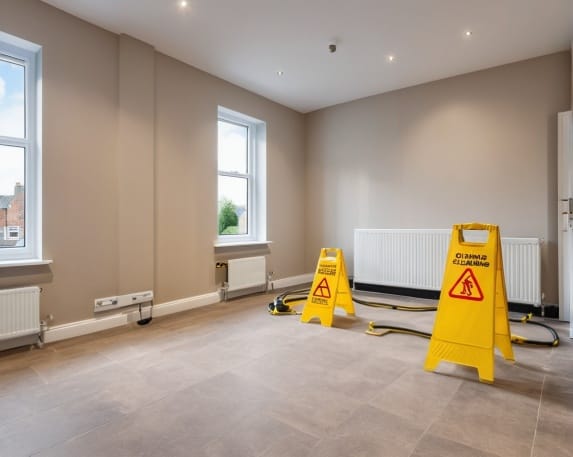


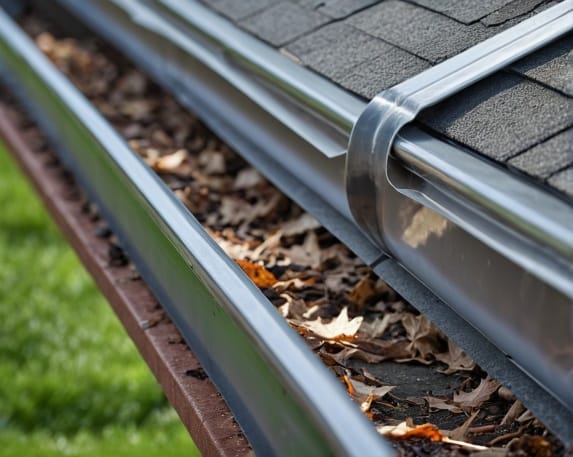

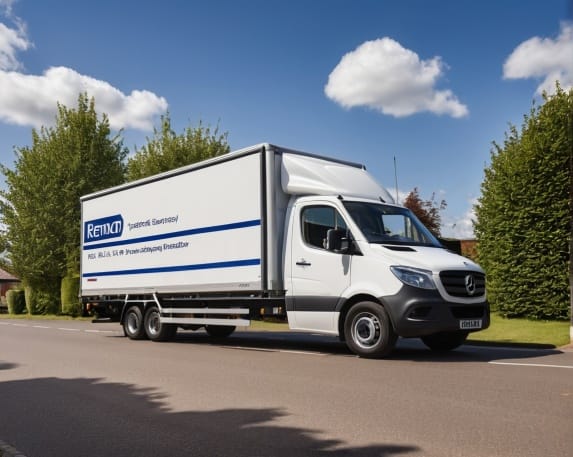

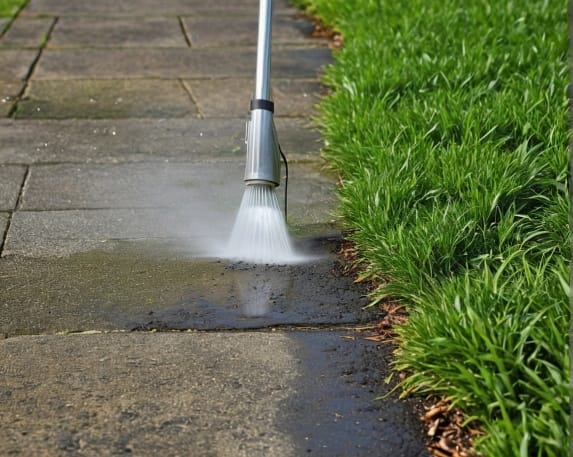
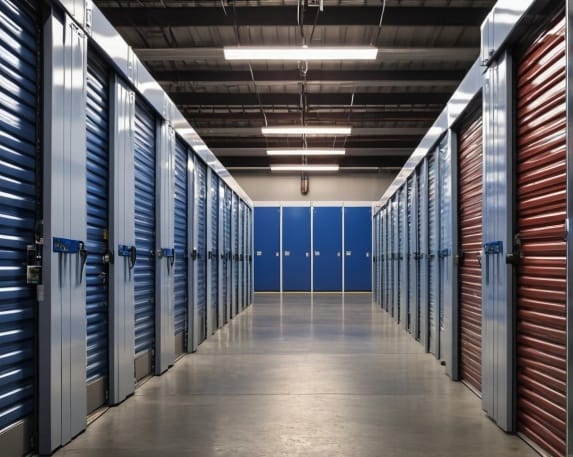

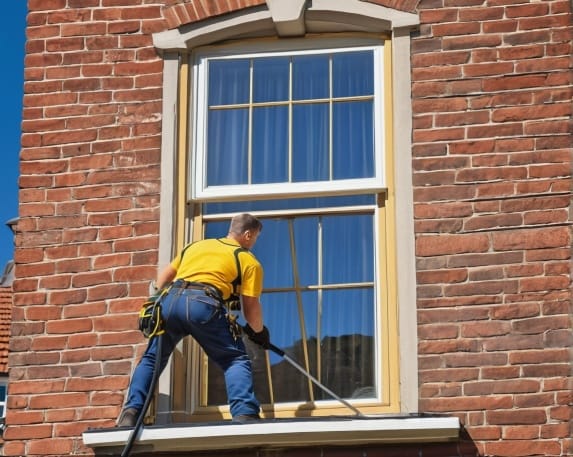

Leave a Reply